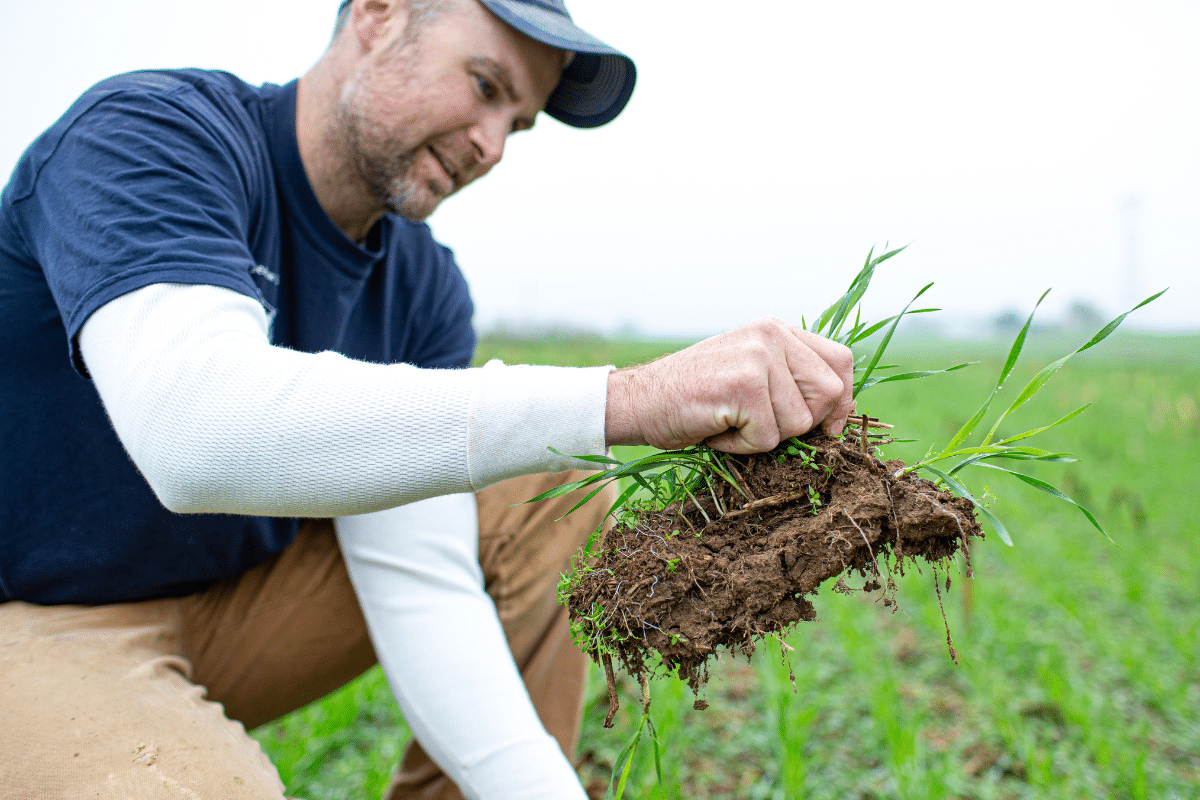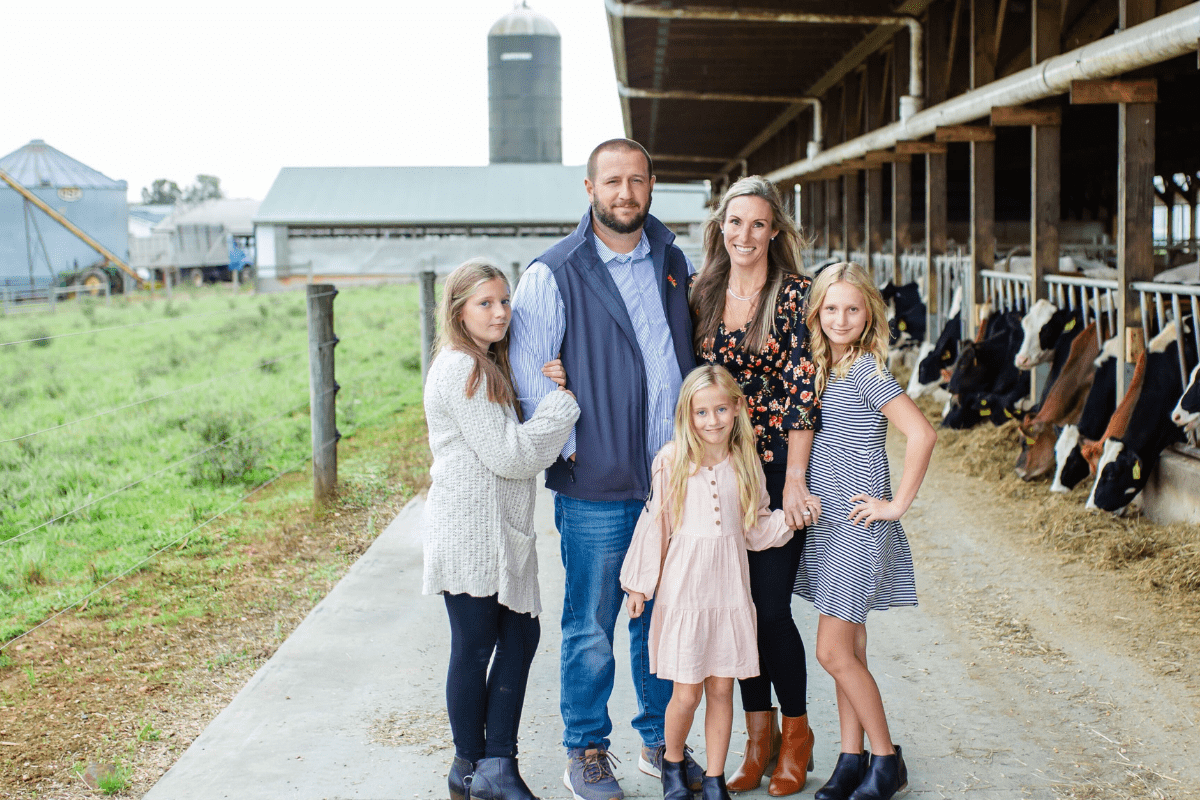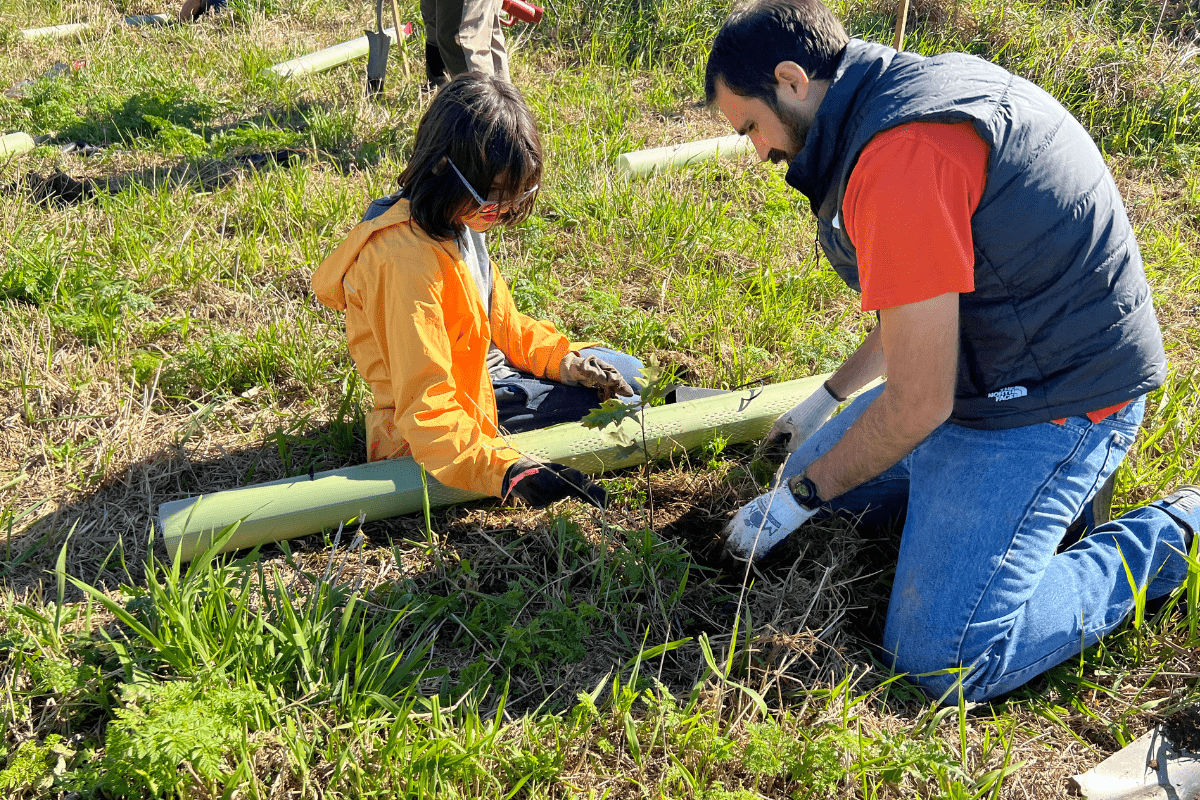In today’s world, where climate change and environmental sustainability are topics of great interest and concern, it’s crucial to understand the efforts made by various industries to reduce their carbon footprints. One sector that plays a significant role in this effort is dairy farming.
Like all animals, dairy cows produce manure, and manure management is a big part of a dairy farmer’s job. Dairy farmers recognize cow manure as a valuable resource that they can put to good use.
Dairy farmers in the northeast are embracing sustainable practices, and one of the remarkable ways they’re doing so is by recycling cow manure. In this post, we will explore how dairy farmers manage cow manure while contributing to a greener future.
The Sustainable Approach: Recycling Cow Manure
Below we explore just some of the ways dairy farmers recycle and manage cow manure.
1. Composting
Composting is a natural process that converts organic materials into a nutrient-rich soil amendment through decomposition. Composting is an aerobic process, meaning it requires oxygen to stimulate microorganisms break down organic matter.
By mixing manure with other organic materials like straw or food waste, farmers create nutrient-rich compost that can be used to fertilize crops. This reduces the need for synthetic fertilizers and helps improve soil health. For many dairy farmers, these crops are then used as part of the feed given to the cows in the future.
2. Methane Digesters
Methane digesters are large closed anaerobic tanks where break down organic material like manure, and sometimes, food waste to generate methane as a byproduct. The methane is captured and used to generate electricity or heat, reducing the farm’s reliance on fossil fuels and decreasing overall greenhouse gas emissions.
Methane digesters are one way to reduce dairy’s impact on the environment.
3. Bedding Materials
There are a variety of materials that dairy farmers use as bedding for their cows. The type of material depends on different factors specific to each farm. One of the materials that can be used for cow bedding is dried manure solids.
Manure is collected and then separated into liquid and solid components. The solids can then be dried and used for cow bedding. Some farms also use recycled materials like sand or sawdust for cow bedding. After use, sand can go through separation and drying process to be reused and sawdust goes into the manure as part of the fertilizer.
4. From Fertilizer to Feed
Dairy manure is a valuable resource to farmers. Manure is stored on the farm until it can be used to fertilize crops. Dairy farmers often work closely with certified nutrient management experts to develop a comprehensive nutrient management plan to utilize manure as fertilizer.
A comprehensive nutrient management plan is a detailed plan of how, where, and when to apply manure to crop fields. These plans will vary depending on factors such as crop type, herd size, region, weather, etc. The plan will help farmers apply manure to fields at the right time, the right place, with the right source, and in the right rate ensuring that nutrients are used efficiently and the risk of nutrient runoff into waterways is minimized.
The goals are to feed cows a balanced diet for growth and production, while simultaneously minimizing any adverse effects to their land and the environment.
The Environmental Benefits of Cow Manure Recycyling
By following recommended conservation practices and implementing some of the ways that they can recycle cow manure, dairy farmers work hard to maximize milk production while minimizing their environmental impact.
Reduced Greenhouse Gas Emissions
The U.S. dairy industry is responsible for less than 2 percent of total Greenhouse Gas Emissions (GHG) in the country. But dairy farmers are working hard to reduce the environmental impact of milk production even further. The industry has committed to the ambitious goal of greenhouse gas neutrality by 2050.
Improved Water Quality
Another way that manure recycling is positively impacting the environment is through improved water quality. Water is one of the most valuable resources on the planet, and dairy farmers treat it as such.
Farmers have many tools at their disposal to help protect streams and rivers. Each farmer selects the practices that are best suited to their specific farm needs. This could include practices such as, but not limited to, reusing water, no till farming, and buffer strips. Learn more about watershed protection techniques utilized by dairy farmers here. Also, a proper comprehensive nutrient management plan, like we explained earlier, greatly reduces the risk of nutrient runoff into rivers and streams, which can lead to harmful water pollution.
Summary
By recycling cow manure through advanced technologies and eco-friendly practices, farmers are not only reducing their environmental footprint but also contributing to a greener future.
So, the next time you enjoy a glass of milk or a slice of cheese, you can rest assured that responsible dairy farming practices are helping to protect the environment for generations to come. It’s a great example of how agriculture can be part of the solution to our planet’s challenges.




